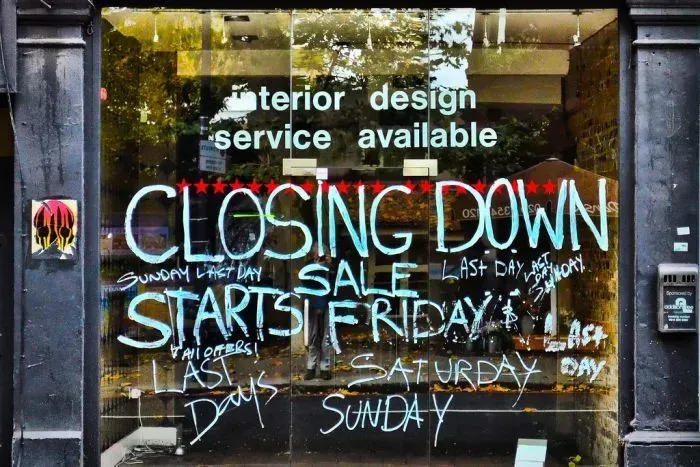Replica Paintings are getting better, so arm yourself with knowledge.

James Broad
Feb 1, 2021 | 4 min read
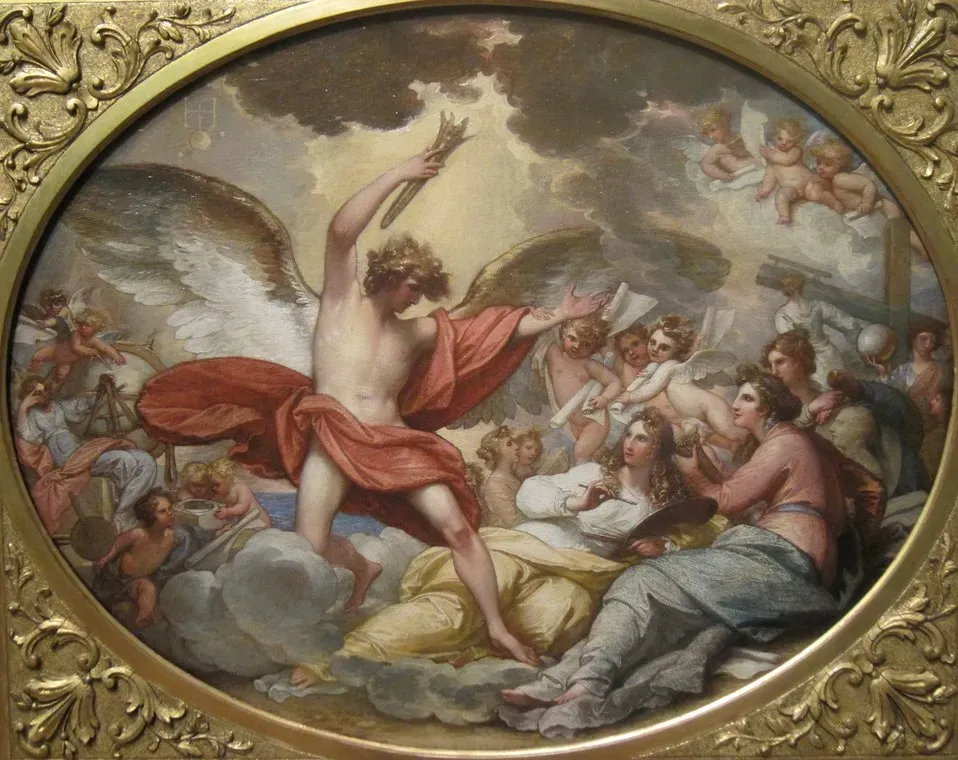
Art is a wonderful thing. Something that has been collected for and will continue to be collected for hundreds of years. So you’ve found your dream painting and are happy to pay the price that the dealer is asking. Sounds good. But what if the painting that is being sold as “original” was actually only made a few years ago?
When something is priced cheaply, people tend to doubt its authenticity. They ask reasonable questions like why is this being sold so cheap? Could this be a fake? Should this seller be trusted? But when something has a high ticket price, we tend to forget to address all these questions as surely if the price is higher, it must be genuine — right? Wrong. I’m sorry to tell you but a high ticket price means nothing, some convincing fakes have actually made it as far as reputable auctions such as Christie’s and Sotheby’s before being uncovered for what they truely are. So if experienced auctions can get things wrong, then I imagine we can too! So to stop spending your hard earned cash on fakes, here are a few handy tips to help 😊
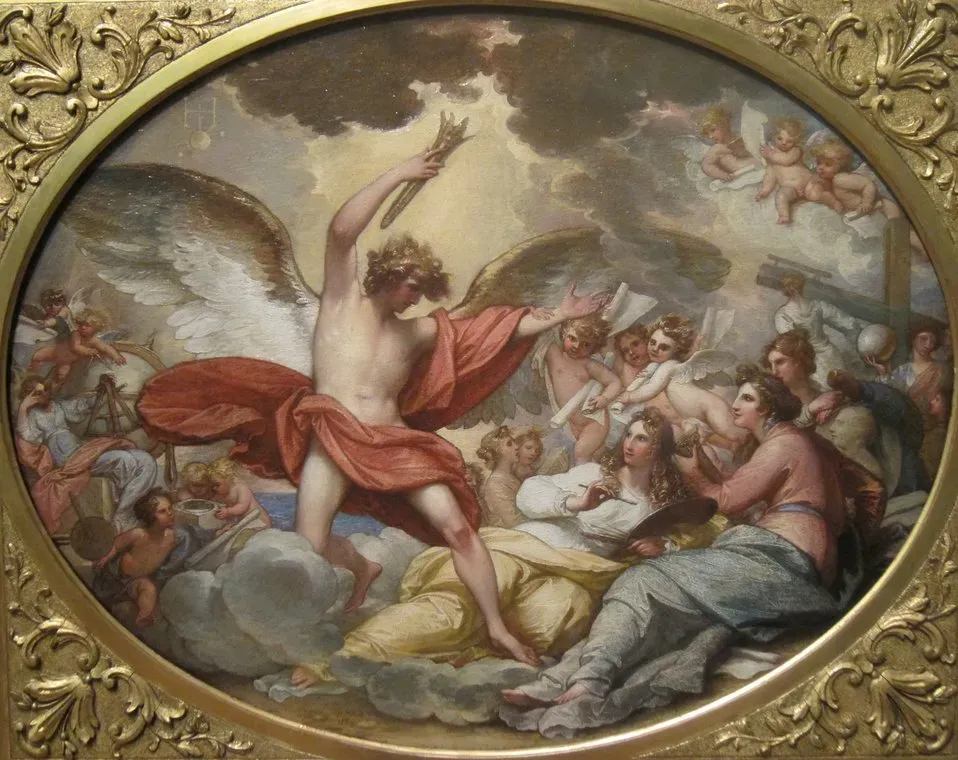
Read and Research
Before you visit any galleries, exhibitions, auctions or dealers you need to build your knowledge on the artist you want to invest in. There’s not much you can’t find out about someone with the ingenious invention of Google. Learn the artists style and explore their past — where did they grow up? Where did they learn? How old were they? What was their style? So now you know more about the artist than you do your own partner, you should be able to spot a copy from a mile off. You can tell that the brush strokes aren't quite right, the canvas used isn't the same age as the painter or there’s a surprise element which doesn't appear in his/her other paintings.
Brush Strokes
You’ll be surprised how much brush strokes can tell you about a painting. As with everything, a cheap replica will speak for itself. Take a really close look at every part of the painting, if you spot a couple of brush bristles in there, it’s more than likely to be a fake — a genuine artist would never be so amateur as to leave brush bristles stuck in their work.
Signature
Learn the artist signature like the back of your hand as this is one of the key component to spotting a fake. Check whereabouts the signature is on the piece and also how it has been written — is it consistent with the artist’s other pieces? Is the colour in sync with the rest of the colours in the painting? (Artists will normally match the colour of the signature with the colours in their painting.) If it looks wrong, then the chances are it probably is, so keep your cash in your pocket and venture out to find the next piece!
Frame
There’s always a few tells to the originality of a painting and the frame is certainly one of them. It’s very rare to find an old painting in a modern frame as the framing is usually done at the same time the painting is completed. So if the frame looks a little too modern for the painting, it’s likely to be a copy! Take a little time to learn the different frame styles that they used in the era of your chosen artists — early-mid 20th century painters commonly used dark oak frames whereas Victorians preferred elaborate gold gilded frames (AKA over the top 🤣).
Give it a Sniff!
Admittedly this sounds a little bizarre and people will think you’ve lost the plot a little, but the smell of a painting is a huge give away to its authenticity. Lots of things can be faked in the world of art, but the smell of old paintings is simply something that cannot be replicated. Modern copies will have a strong aroma of fresh paint, whereas the originals will have an older, musty smell which is a giveaway to its age. Remember, some paintings have been around for hundreds of years so they should smell like they have!
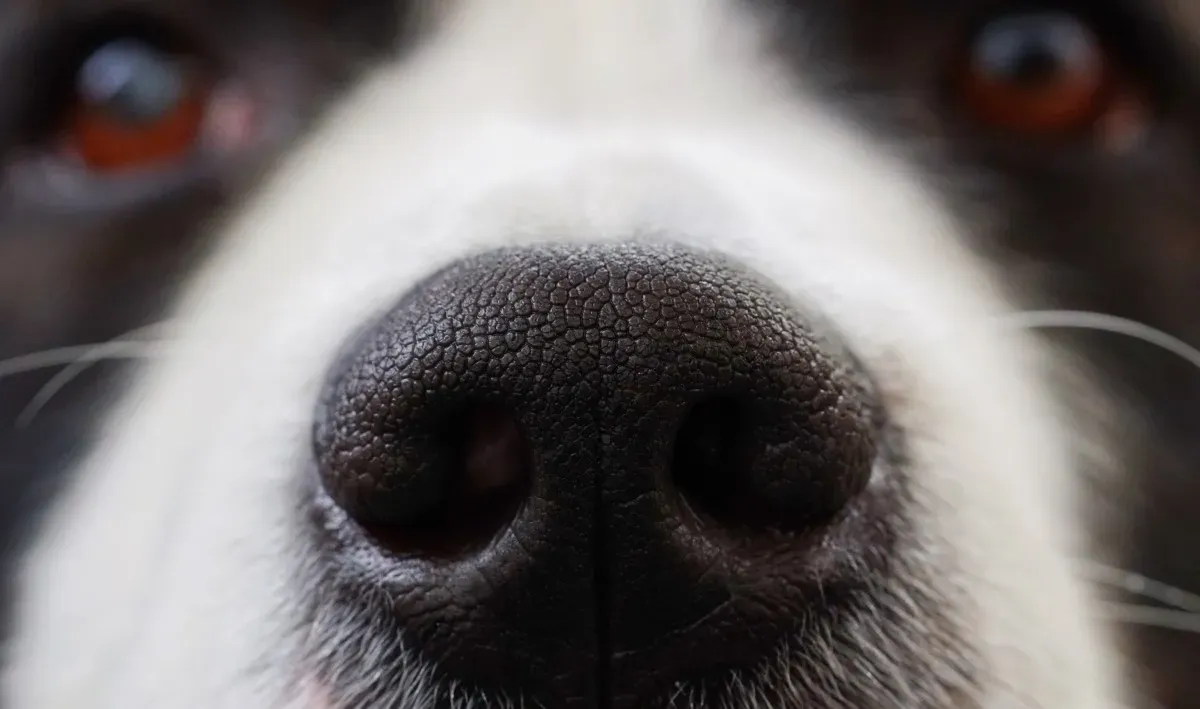
Study the Depth and Check the Paints.
An original piece of art will have quite a few layers that create a depth which can’t be matched by modern replicas. Through experience you will be able to see this from a mile away but when you’re still testing the water, invest in a good quality eye loop and study the painting closely.
Check on the paints. If it is an old painting, make sure you have an idea on the paints which were used in that era. Previous generations often used things such as animal blood or food dyes to colour their paints and you can usually spot the difference between old and modern paints.
Get the Painting Appraised
If you were buying a house, would you get a professional experienced surveyor to take a look before hand? I should hope so, and if not, there’s only one person to blame if the walls start falling down in a few years and unfortunately, that would be yourself! If you are buying artwork and spending a good amount of money, then always have a professional give you a second, professional opinion. Your eyes and knowledge may be good but having a certified expert will you give you that peace of mind that you’ve 100% bought an authentic painting.
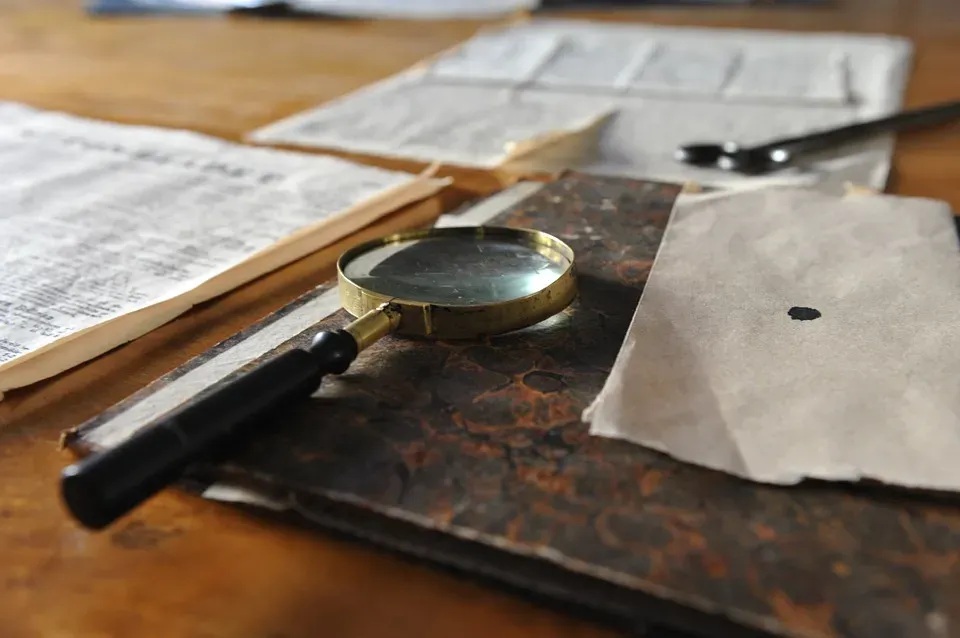
Easy to Identify A Print
We’ve all seen a few imitation prints before and usually these are fairly easy to spot with the naked eye. But if the print is of a high quality it can sometimes fool you at first glance, so a handy tip is to hold the piece up to the light. If its hand painted, the light will show through the canvas in certain areas, but if it’s printed this will not happen. The reason for this is due to the brushstrokes varying in size, texture, and also the artist using more paint in certain areas.
